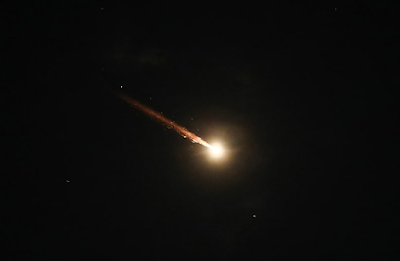When it comes to the perception of the threat posed by Iran’s nuclear-weapons program, everything changed on April 13.
Until the massive attack of around 350 aerial threats – of which there were about 120 full-fledged ballistic missiles – observers worried about Iran’s messianic designs and style, but they also counted on a risk-averse leadership.
After April 13, no one knew what Iran might dare to try – consequences be damned.
Before April 13, observers knew that the Islamic Republic promoted low-grade terrorism in wild and unpredictable ways, but they also knew Tehran avoided large-scale conflicts – carefully.
This definitely meant that no matter how badly Iran wanted a nuclear weapon, it would remain deterred from crossing certain redlines out of fear of a large attack.
The US or Israel could carry out major operations against Iranian officials or facilities, both in Tehran itself and around the region, but the ayatollahs would not strike back too hard for fear that in a real escalation, they would be crushed.
No matter how far Iran progressed in nuclear enrichment – to 60% since 2021 – and no matter how badly it was violating its inspection obligations to the International Atomic Energy Agency, which has been blindsided since 2021, the assumption was it would never move forward with its weapons group. READ MORE
